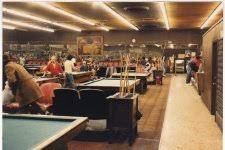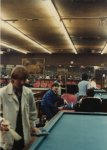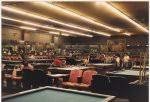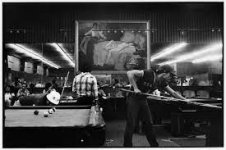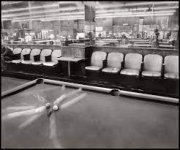Pawlowski424
New member
So, here's my list of questions lol:
What was the general pocket size for pro-speed tournaments?
What were table conditions like?
I've noticed players of this era (Varner, Hall, Sigel, etc) playing with steel joint. What was the belief behind forward balanced/steel joint cues?
Is the information that's available today (pocket lines, cue ball physics, navigating the table, etc. Advanced details, so to speak), the same information as back then? If not, what has changed?
What was the general pocket size for pro-speed tournaments?
What were table conditions like?
I've noticed players of this era (Varner, Hall, Sigel, etc) playing with steel joint. What was the belief behind forward balanced/steel joint cues?
Is the information that's available today (pocket lines, cue ball physics, navigating the table, etc. Advanced details, so to speak), the same information as back then? If not, what has changed?
